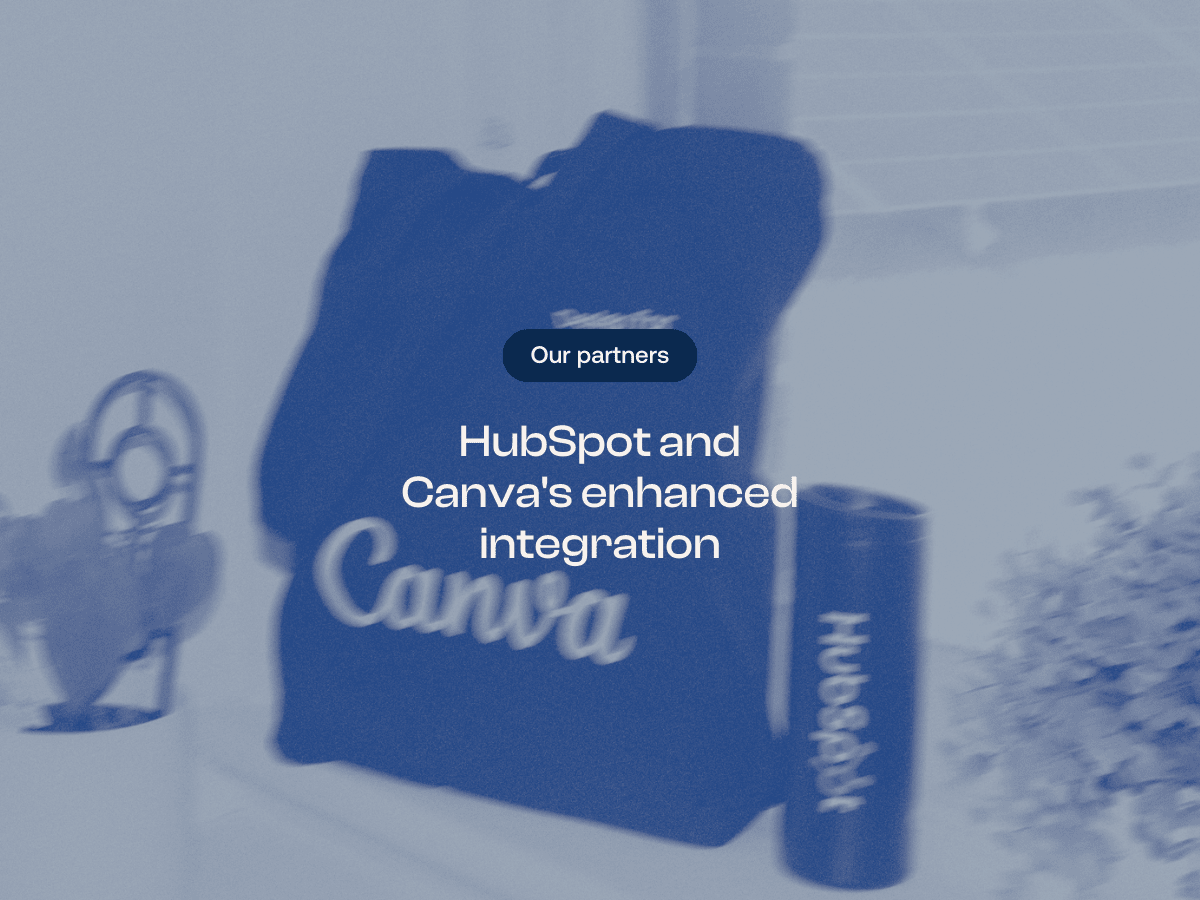What is retargeting & how does it work?

Last updated: 14 April 2020
What if I told you that when someone visits your website once, you can keep sending them ads until they purchase something from your business, or convert into a lead?
You don't have to know this person or physically have any of their personal information. You don't have to rely on chance and wonder if they'll ever consider your business again. You can see to it that they remember your business without having their contact information.
"Is this some kind of magic?" you ask, as you yell at Mark Zuckerberg...
Thankfully, it's not that sinister. Advertising platforms such as Google AdWords and Facebook allow you to target people who have already shown some sort of interest in your website. We call this 'retargeting' or 'remarketing'.
Retargeting gives customers that little nudge in the right direction so instead of following a delayed and rigid buying pattern, they might commit to the purchase a bit quicker.
What Is Retargeting?
Retargeting is the process of allowing your website to register a visitors' digital footprint' so that you can show them your ads on other websites or platforms.
You might notice that on most websites you visit, you will receive a request to accept 'cookies'. This is part of the retargeting process. You are giving the website permission to save a small piece of information on your computer. Remarketing works by using this cookie to show ads to people based on their browsing history.
We've all been confused when we visit a site for 10 seconds and then log into Facebook and see their ads pop up on your newsfeed. It's not some kind of government spy conspiracy, it's just retargeting!
Why Run Retargeting Campaigns?
If you're a business owner, the answer to this question is simple - to make more money. Convert more leads. Close more sales.
Instead of letting customers leave empty-handed, you can virtually remind them that the product they looked at is still waiting for them on your website.
In traditional brick and mortar stores, ideally, your sales staff would be ever-present to try and convince them to make a purchase decision. We've done this for decades because often customers need help picking the right product for them, to meet their needs. But, if you're visible and recommending products, chances are they'll commit to the sale.
The other key thing to remember is that customers buy differently than they did 5, 10 or more years ago. It is rare for customers to purchase the first time they visit your website. The customer has all the power at their disposal now. They'll likely visit your site, and then go and research your company online, or research your products.
Now, we can use remarketing campaigns to help provide that extra call to action. We show ads to people that have already visited your website with either the product they looked at, or cross-sell opportunities.
How Do You Retarget?
There are a few ways that you can make retargeting work, but for the sake of not completely confusing you, we're going to explain the basics of it. Most marketing platforms these days allow for some sort of retargeting to occur, whether it be through an EDM, social media or CRM platforms.
Pixel Based Retargeting
Pixel Based Retargeting is otherwise known as cookies; think of it as a choc chip cookie that leaves its crumbs with you while you journey around the internet. It's kind of a Hansel and Gretel situation - they drop breadcrumbs in the forest so that someone can find them.
Except, in this case, Hansel and Gretel are customers, the forest is the internet, and the person trying to find them is your business. As soon as your customers leave your site and start to browse the internet, your cookies will notify the other platforms.
This way, they know that this customer has just shown an interest in your business and might want to see more about it on their platform.
Advertising platforms like Facebook and Google want to show your customers what they want to see, so Google and Facebook get the click and the ad revenue. So it's also in their best interest to push your ads in front of relevant customers. Not to mention that it is also a monetised process, so other sites and social platforms don't have much choice.
Pixel-based retargeting has pretty immediate effects; as soon as someone leaves your site, they can start receiving your advertisements. However, it is all based on people visiting your website, so if no-one visits your site, there is no opportunity for retargeting. That's why it works best in conjunction with other marketing efforts that direct people to your site.
List Based Retargeting
This method does call for a bit more manual input. Still, it is an effective method for platforms like Facebook, Instagram and Google Ads.
It works by uploading a pre-existing email address or mobile phone number list to a retargeting campaign inside the audience manager in these ad platforms. The platform will identify which of its users has those email addresses and phone numbers and push retargeting ads out to them. You choose the criteria that apply to each email list as it is not purely behaviour based.
If you use a CRM like HubSpot, you can automatically create retargeting audiences from lists in the CRM's database.
The companies like Google and Facebook do not share their customer data with you, they simply match the data to the user and then show the ads to their users.
The downside to this method is that people often use separate emails for sign-ups on websites than they do for their social media accounts. This means your platform probably won't be able to identify them for retargeting. So, the larger the email list, the more successful your chances of reaching an adequate number of people.
Which Platforms Should I Use?
There are several retargeting tools you can use to reach your users with the right ad set.
Facebook and Instagram Retargeting
Facebook's Custom Audiences are an extension of regular Facebook Ads and are managed through the business manager. Facebook Pixel is a small piece of code that you add to your website so that you can build your custom audience lists based on the web pages they visit and the actions they do or don't take. You can also use list-based retargeting on Facebook and create lists from email subscriptions. Facebook retargeting is commonly used in eCommerce and is also of course, measurable.
Instagram is owned by Facebook and can also be managed in the Facebook business manager. They are very heavily integrated, and there are a lot of crossovers between the two platforms. Instagrams retargeting works in much the same way as Facebook does as most Facebook ads can also be run across Instagram. If you'd prefer the ads to be separate and unique to the individual platform, you can organise them all to your liking in your Ads Manager.
You can then target Facebook and Instagram users with specific ads. If you are in eCommerce, you can even promote the exact product the user was looking at.
Google AdWords Remarketing
Google Ads is a potent marketing tool that Google has expanded over the last 15 years. They have "MacGyvered" every marketing problem that has arisen in the digital world over the last decade.
Google's platform offers innovative and automated business and advertising solutions for any type of company. So naturally, they were one of the first to embrace retargeting across their display network. You can even retarget on YouTube videos!
Google's Remarketing service targets people who have visited your website or mobile app by showing them your relevant ads as they browse the web elsewhere. The platform has a few different ad formats to choose from, such as:
- Standard remarketing ad - Showing ads to your previous website/app visitors as they browse the web, based on the last user visits.
- Dynamic remarketing - Shows previous site visitors relevant ads that include specific products or services that they have looked at on your site.
- Remarketing lists for search ads - When Google users are searching for a product or service you sell, your ad will be displayed.
- Customer list remarketing - Upload lists of customer/ email subscriber contact details for Google, which enables ads to be shown to them on Google products.
AdRoll
If you own an eCommerce store, AdRoll might just be your best friend. A best friend that increases your conversions and makes you "that cash money" as the kids say. AdRoll can connect to sites like Shopify, BigCommerce or marketing tools like MailChimp and HubSpot to create limitless opportunities for retargeting. MailChimp integrations, for example, allow for email retargeting as opposed to web ads.
AdRoll recommends products and uses display ads for retargeting your website visitors using user data from your site or marketing platforms. One of the most useful features of AdRoll for eCommerce is that you can bring your customers back in when they abandon carts. AdRoll makes 80 billion predictions per day for engaging potential customers with relevant content, with their artificial intelligence showing more ads to people most likely to convert.
Get Started With Retargeting
Retargeting seems kind of simple, but if you're a complete digital marketing novice, you will have to really do your research to figure it out. If you're looking to invest in this form of marketing, we are more than happy for you to book a meeting with us to discuss your needs.





